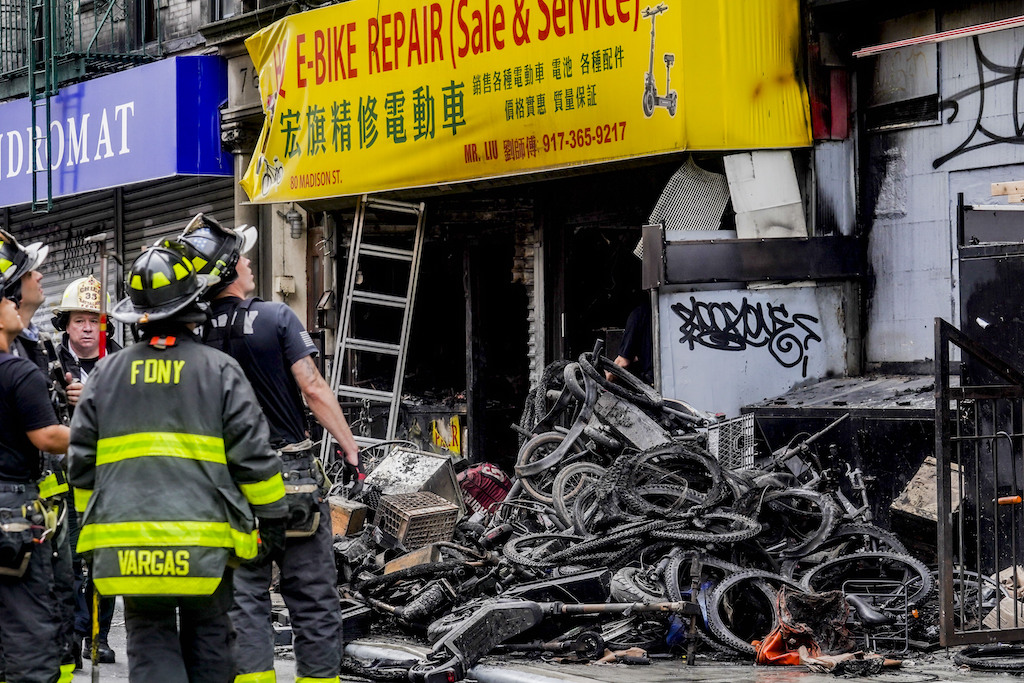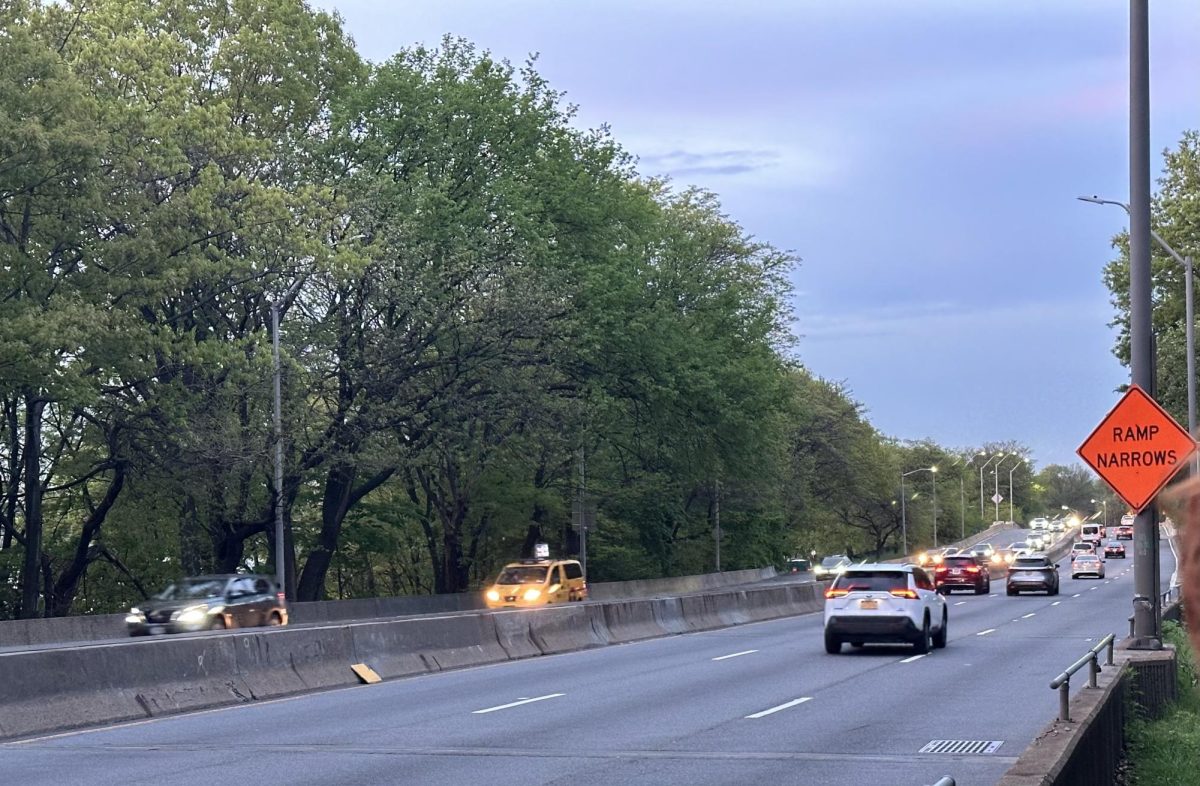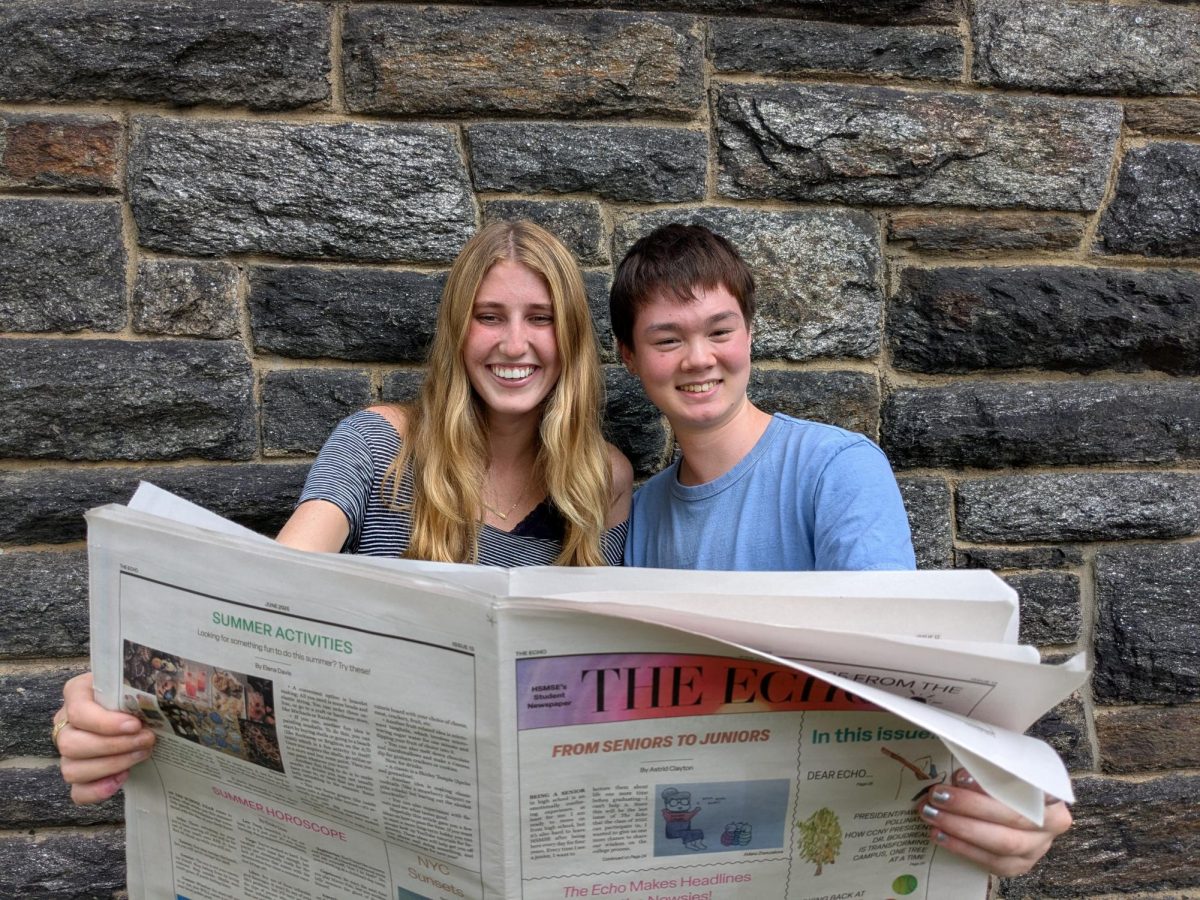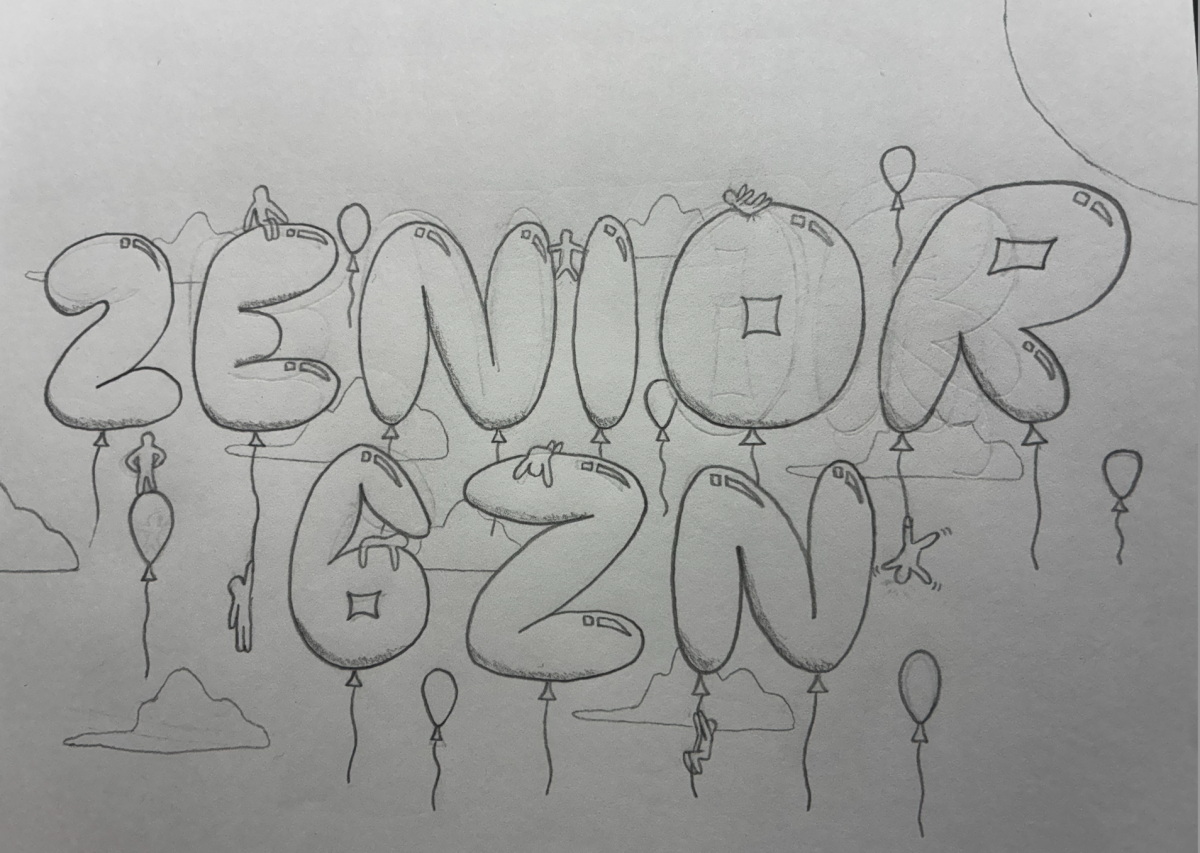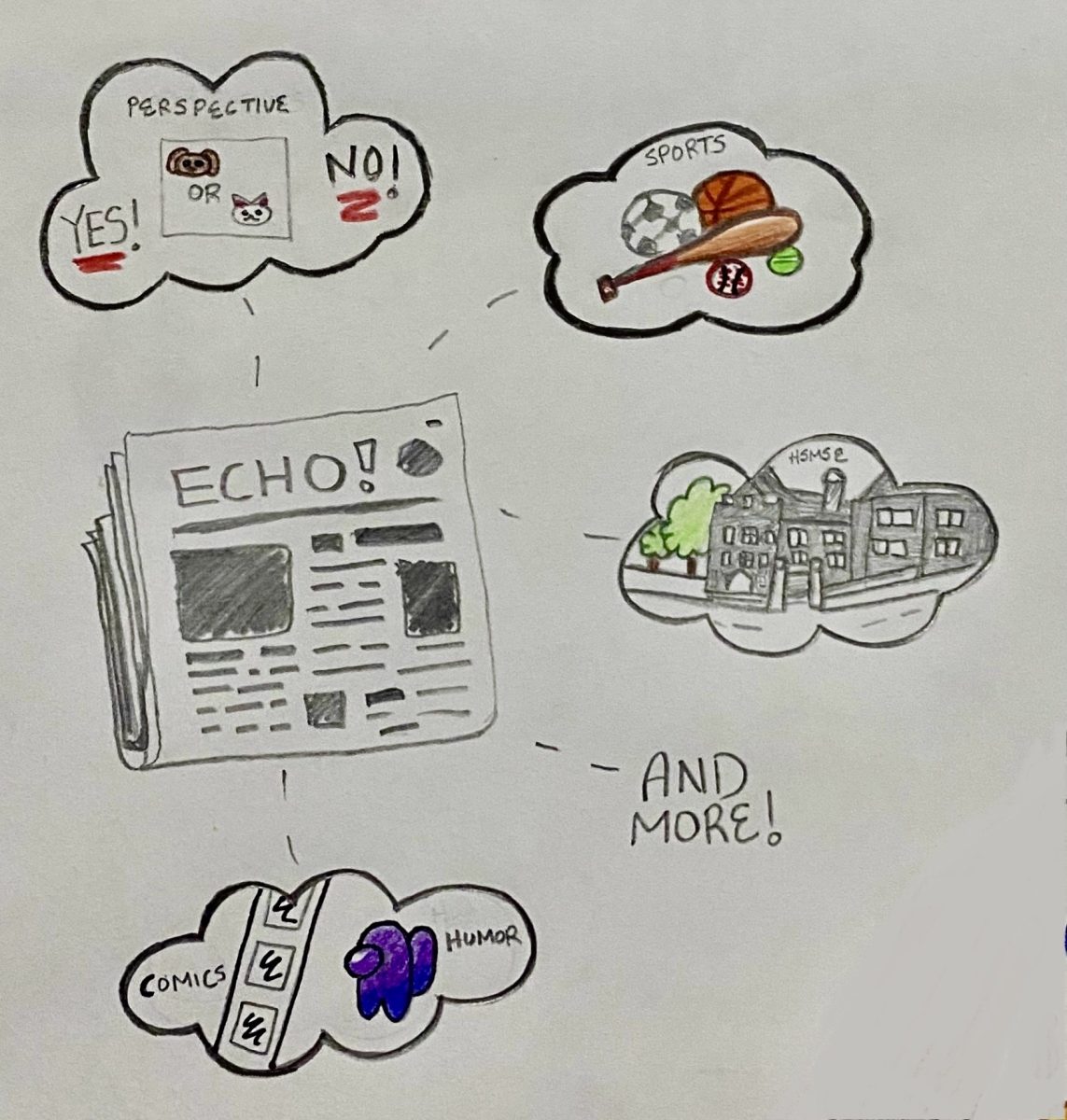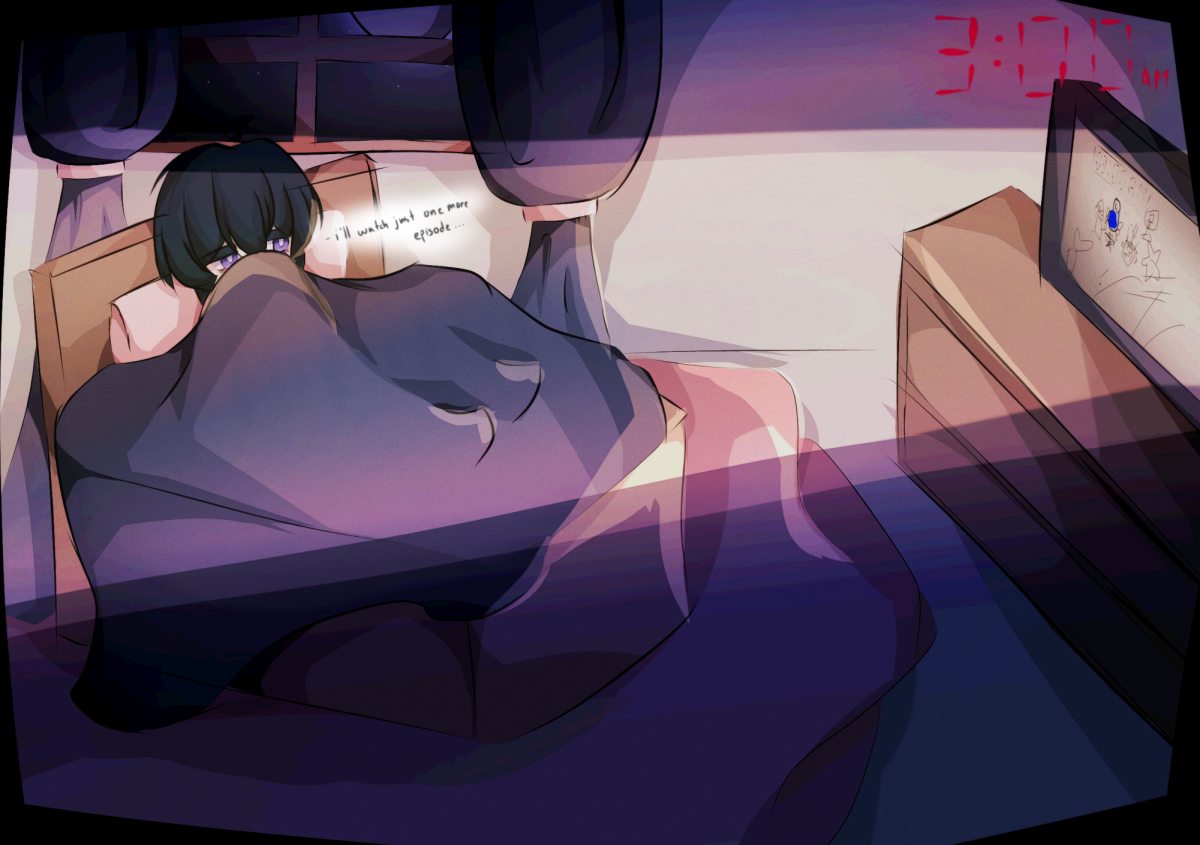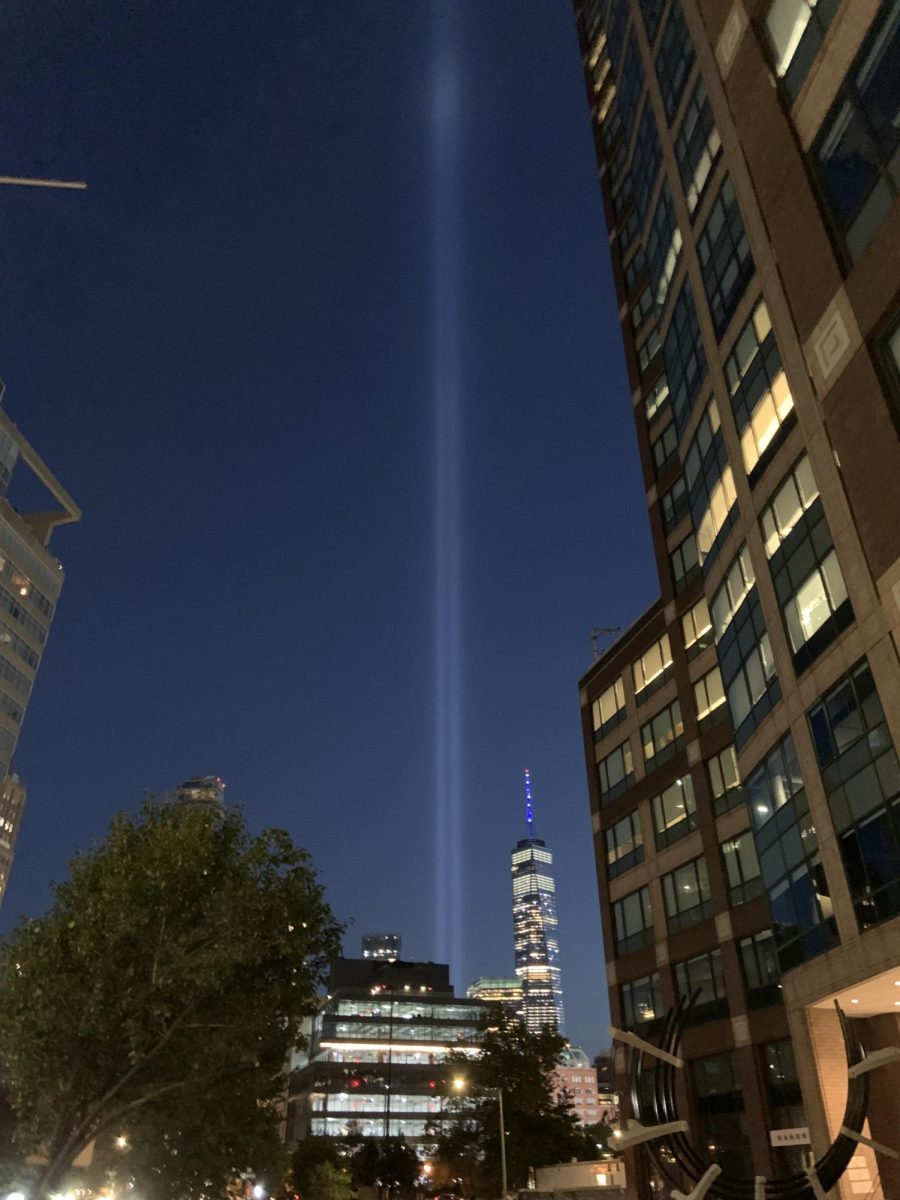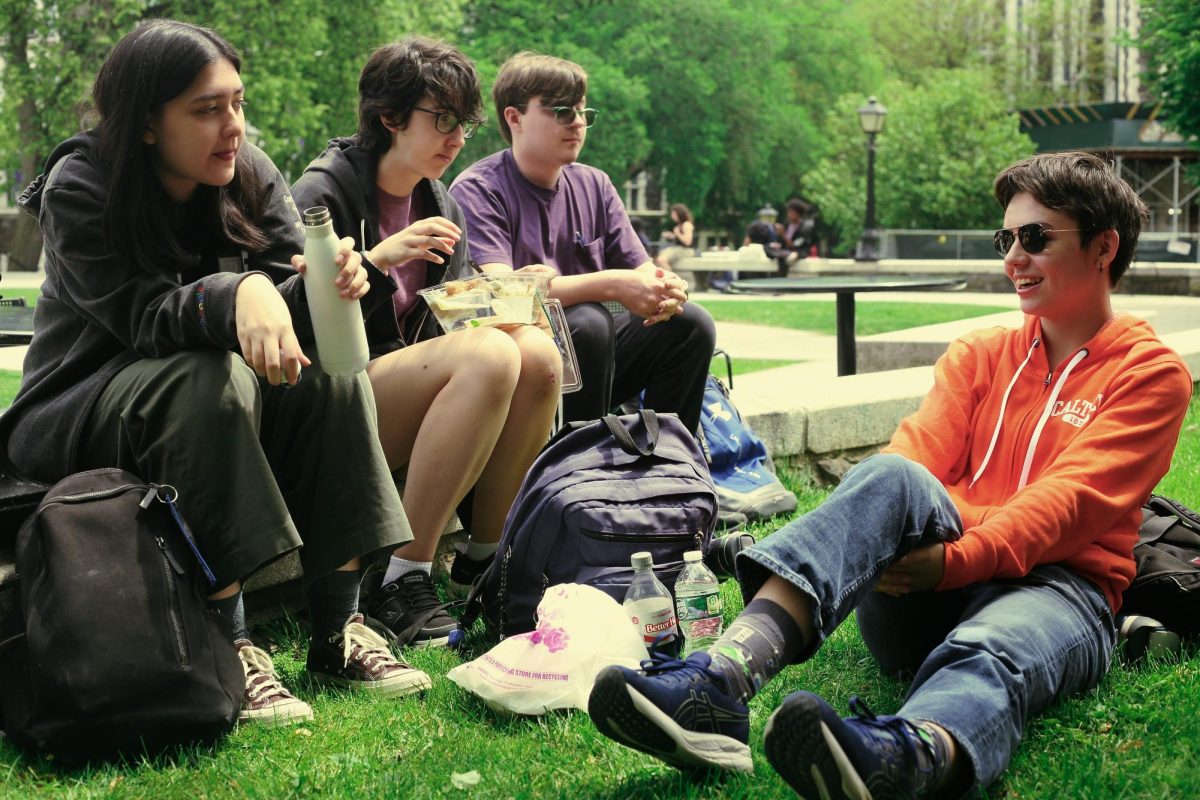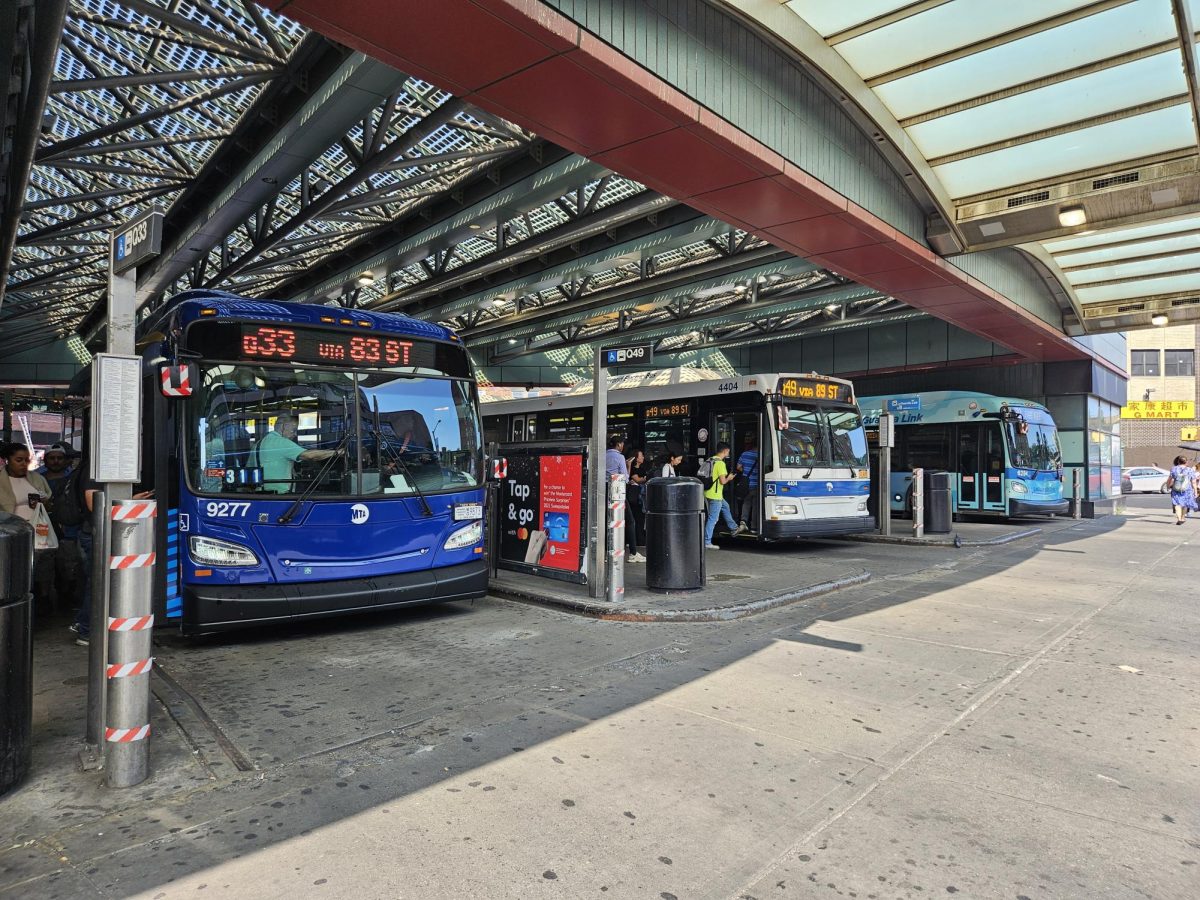New York City has drastically changed over the years, but many of the MTA’s bus routes have not, with some even dating back to the trolley routes that existed in the early 1900s. Despite the development of the five boroughs over the years since then, many modern-day travel needs are still not met by the existing bus network. Slowly but surely, the MTA began working towards improving and simplifying the current bus network to get passengers to their destinations more quickly and effectively, one borough at a time. In June 2022, the MTA implemented the final Bronx Local Bus Network Redesign after multiple drafts, proposed final plans, and even a pause during the COVID-19 pandemic. After the redesign’s implementation, speeds on redesigned routes in the Bronx outperformed the systemwide trend by 4% and customer satisfaction rose by 2%. Following the success of the Bronx Bus Network Redesign, Queens was up next for its redesign.
The first draft plan of the Queens Bus Network Redesign was released in December 2019 with a goal focused on more reliable service, faster travel, better connections, and easier use. This plan was highly controversial, as it displayed all the buses using QT prefixes rather than the typical Q prefixes, and much of the proposed network was not based on the network at the time. Additionally, the plan involved decreasing bus service at the bus terminal in Jackson Heights, serving the Q33, Q49, and Q70-SBS routes, when customers wanted increased service. However, further evaluations into this plan were paused as a result of the COVID-19 pandemic. Over the course of the pause, the MTA’s planning experts decided the best way to move forward with the project was to completely withdraw the first draft plan and take time to create the New Draft Plan based on public feedback, which was released on March 29, 2022.
The primary feedback taken into account during the creation of the New Draft Plan focused on more efficient subway connections, new routing proposals, and stop spacing. This plan also introduced a new type of bus route called a “Rush” route. These routes are meant to quickly connect customers from outer Queens neighborhoods to the nearest subway stations. They’d do so by picking up customers locally, and then skipping as many stops as possible to get to the subway while only stopping at key destinations or transfer points. The New Draft Plan also had a major emphasis on combining bus routes to increase the efficiency of the network. Some combinations that were proposed include the Q50 being converted into a Select Bus Service (SBS) route and being combined with the Q48 to be extended from Flushing to LaGuardia Airport, the Q39 being combined with the Q103 via Vernon Blvd on its northern end to be extended from Long Island City to Astoria, and the Q19 being combined with the Q15/Q15A to be extended from Flushing to Whitestone. Some noteworthy extensions that were proposed include the the B62 from Long Island City to Astoria, the Q69 from Long Island City to Hunters Point South (while being converted from a local into a rush route), and the Q104 from Astoria into Roosevelt Island (to replace the Q102, which was planned to be eliminated). After its release, the New Draft Plan was followed by outreach and evaluations for over a year before the Proposed Final Plan was released on December 12, 2023.
The Proposed Final Plan included minor changes to the New Draft Plan, but several key changes were kept in at least some form. For example, some of the routes originally proposed to become SBS routes were simply downgraded to Limited routes, such as the Q50 and Q51. Some combinations were eliminated, such as the Q10 no longer replacing the Q64, the Q19 no longer replacing the Q15/Q15A, and the Q39 no longer replacing the Q103. Although some changes were reverted, new changes were added to the plan as well, such as the Q33 and Q47 swapping terminals on their northern ends, bringing Q33 service back to LaGuardia Airport for the first time since 2014. The Q101 and Q103 (both proposed to be eliminated under the New Draft Plan) would be rerouted to a new Hunters Point South terminal, which was planned to serve the Q66 and Q69, with the latter remaining a Rush route under the Proposed Final Plan. Despite being altered based on public feedback, the plan still received backlash from Queens communities, including in South Ozone Park over the planned elimination of the Q10 Local branch.
The extensive public outreach on the Proposed Final Plan and the feedback generated through it was the backbone of the absolute final plan, known as the Proposed Final Plan Addendum. It was released recently on December 17, 2024 and approved by the MTA board on January 29, 2025. The Addendum Plan reverts many changes in the Proposed Final Plan that weren’t favored by the public and includes many relabelings of routes to ease confusion for riders who aren’t familiar with service in a certain part of Queens. Key changes either reverted, maintained, or completely new under the Addendum include the restoration of the Q10 local branch in South Ozone Park, an extension of the Q22 and Q52-SBS in the Rockaways, a new Q74 route between Queensborough Community College (QCC) and Forest Hills, extending the B62 to Astoria (kept all the way from the New Draft Plan), streamlining the Q23 in Corona and East Elmhurst, and the new Q51 Limited running along Linden Blvd in southeast Queens. Some relabelings from current service that the Addendum added include the Q10 Limited along Lefferts Blvd becoming the Q80 Limited, the QCC branch of the Q30 becoming the Q75 Rush, the Glen Oaks branch of the Q46 becoming the new Q48 Rush (kept all the way from the New Draft Plan).
While the ultimate goal of the final redesign plan is to provide better connections and faster, more reliable service, it does come with some issues as well. There are two instances in which bus service serving as an alternative to subway service in case of an incident is no longer possible under the Addendum plan, which is set to be implemented this year. One of them is the more direct routing of the Q102 in Astoria, which was previously planned to be eliminated, but was restored due to Roosevelt Island commuters wanting a connection to Long Island City to be maintained. Under the current plan, the Q102 would run from Roosevelt Island into Astoria along 36th Avenue before turning onto 31st Street and following its current route to Long Island City, and then end at a newly proposed terminal at Court Square. As a result, current Q102 service between 36th Avenue and 30th Avenue along 31st Street would be eliminated, leaving the N and W trains as the only option for traveling in that section. There have been many instances in recent years where the N/W trains have faced severe delays and disruptions in service. This is primarily due to them being downgraded from newer, modern R160 trains to unreliable, older R46, R68, and R68A trains that frequently break down and block service as a result. Whenever this occurs after the Q102 change is implemented, there would be no other alternative to traveling along 31st Street, leaving riders stranded. The plan created under the New Draft Plan was more effective in this case as it proposed a new Q105 route running along the entirety of 31st Street from Long Island City to Ditmars Blvd, providing a full backup alternative to the N/W trains along the entire portion of their routes in Queens, rather than the current Q102 which only does so up to 30th Avenue. However, this plan was withdrawn due to concerns of the Q105 also replacing current Q100 Limited service to Rikers Island, leading to the latter also being restored under the Addendum plan.
The other subway alternative being eliminated under the Addendum plan is the Q48 running parallel to the 7 train between Flushing-Main Street and 111 Street along Roosevelt Avenue. The current Q48 is planned to be eliminated and replaced by the new Q90 Limited, which will follow the current Q48 route from Flushing-Main Street to Seaver Way in Willets Point, then turn towards Northern Blvd, and then run to LaGuardia Airport from there. As a result of this change, there would be no more bus service running under the 7 train from Seaver Way to 108 Street in Corona. If the 7 train experiences a service disruption, commuters who want to get to Flushing from 111th Street would have to take the Q23 to the Q58 Limited instead, a slower and less direct alternative than the current Q48. The plan created under the New Draft Plan was more effective in this case as well, since the proposed Q50-SBS would have kept this alternative. In the Proposed Final Plan, the Q50 was proposed to remain as a Limited route again, but the alternative to the 7 train would’ve still been maintained as the Q50 was still planned to follow the same route as it would if it was converted into an SBS route. In the Addendum plan however, this idea was ultimately withdrawn due to concerns with how reliable the Q50 would become if it were extended to LaGuardia Airport, making it a long route all the way from Co-op City in The Bronx.
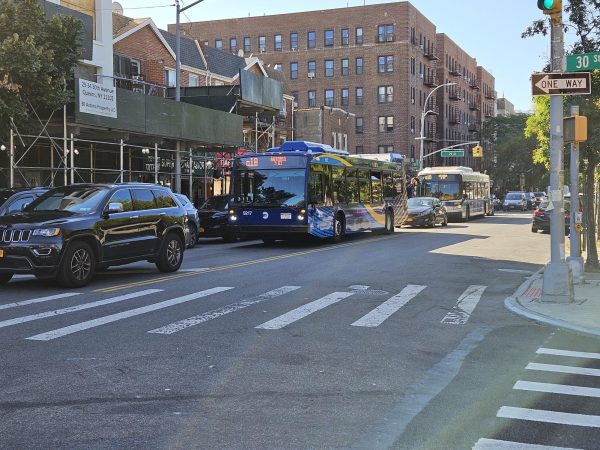
While the Proposed Final Plan Addendum for the Queens Bus Network Redesign still raises concerns among customers, its actual performance remains to be seen. After the MTA board approved the plan on January 29, 2025, it was announced on February 20, 2025 that the redesign will be implemented in two phases during the summer of 2025. Phase 1 will take effect on June 29, 2025, phase 2 on August 31, 2025. The exact changes under the Addendum plan that will take effect for each phase have yet to be announced, but to follow along with the progress of the Queens Bus Network Redesign if you are a regular bus rider in the borough, be sure to visit mta.info/queensbusredesign, and keep an eye out for any updates on implementation of the two phases. Leave your car at home, take the bus or train.







